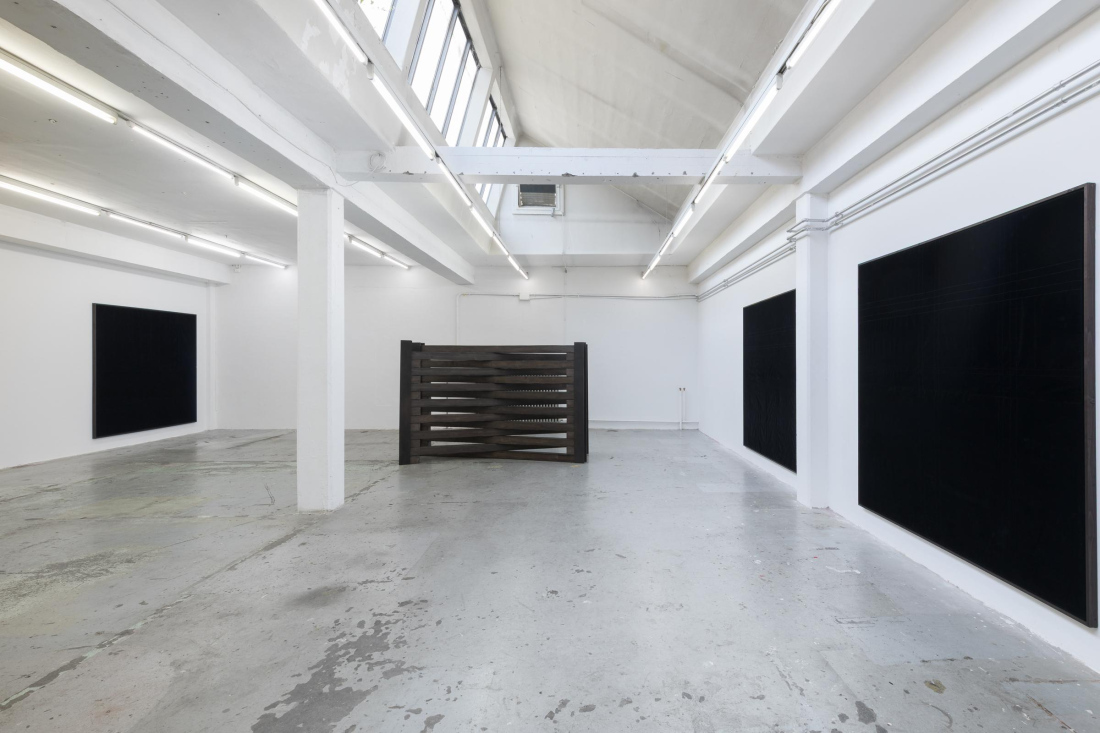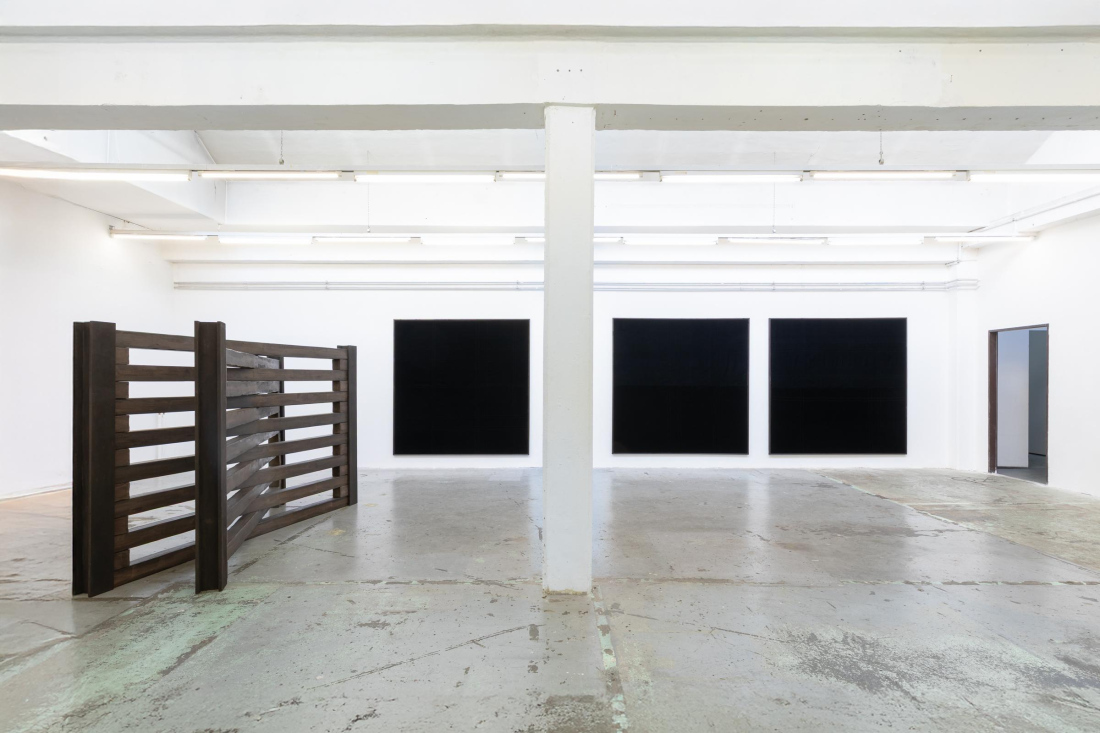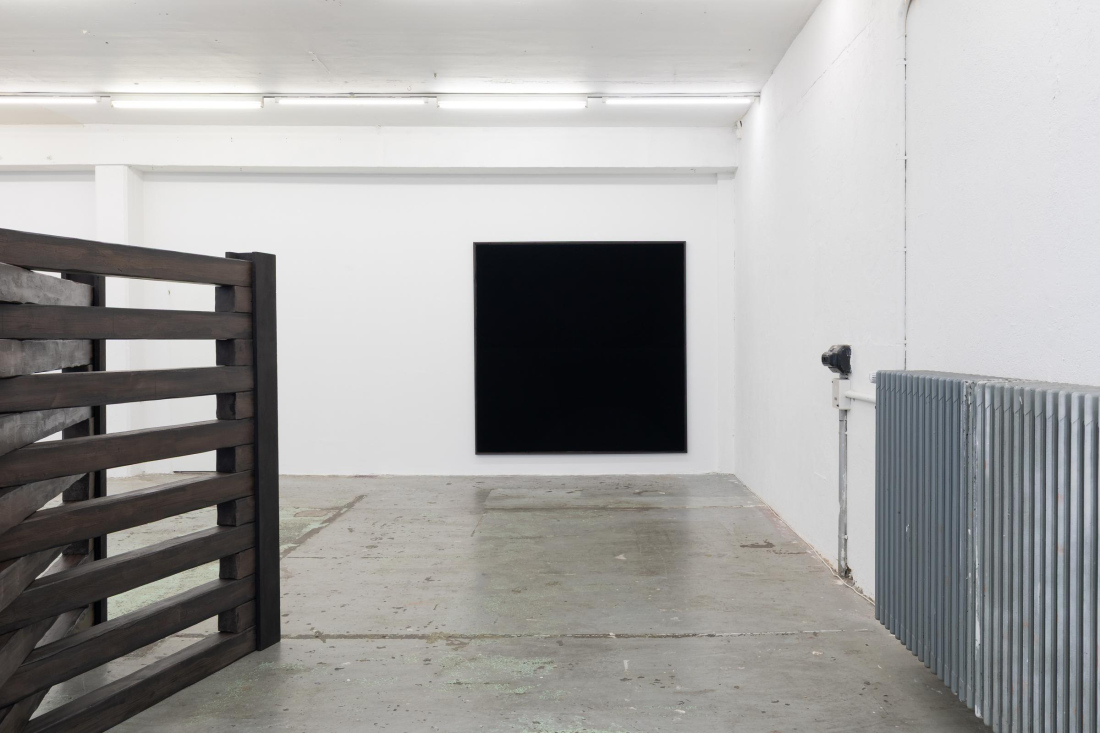-
Location: Toxi, Zurich
Exhibition: setting suns sew together and apart, apart and together, With Djellza Azemi & Text by Antonia Rebekka Truninger
Curated by Gaia Del Santo -
-
-
-
© Sania Nascarella
Built with Berta.me




